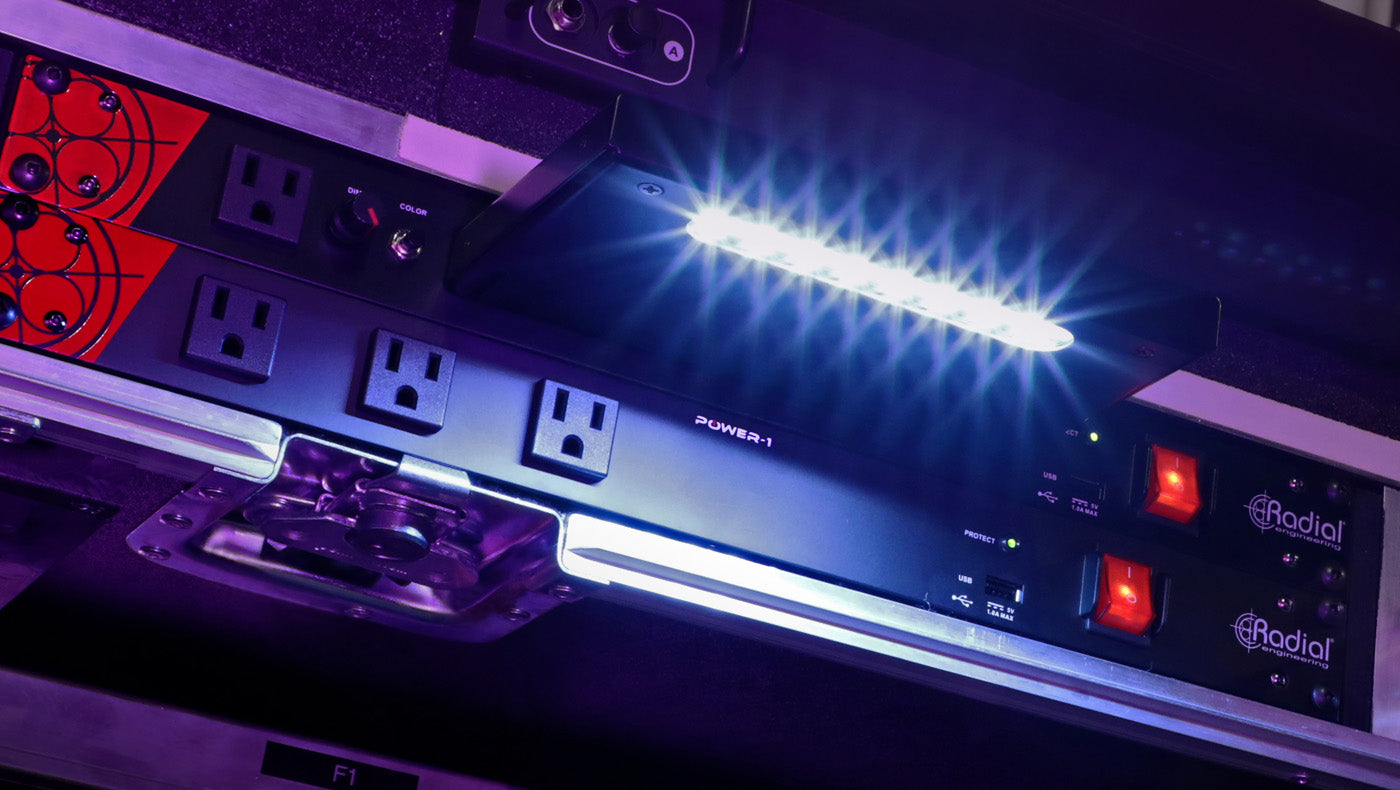Getting a great guitar recording isn't always easy. We put some of our best tips together that will help you get the sound of the pros.
1) New strings
New strings will make a huge difference in the clarity of your guitar tracks. My personal favorites are
Ernie Ball Power Slinky Cobalt strings. Before I record, I change my strings a day or two beforehand and let them break in and stretch. If you change strings right before a session, they will go out of tune very quickly. Which leads me to another point:
tune after every take! Many people do not realize the importance of this. No matter how much time it takes in the studio, it will make the end product come out much better. Tuning will be worth every agonizing second.
2) Practice, practice, practice
I know this is stating the obvious, but you would be surprised at how many musicians come into the studio and either can't play what they wrote or don't know the music. Before you go into the studio, make sure you can play through everything cleanly and that you know the music inside and out. Tone is also a very important aspect of practice. Much of a guitar player's tone comes from how they strum. If you learn the music with good technique, the tone will develop at the same time.
3) Amp Tone
When recording an actual guitar amp, get the sound correct at the source. Spend as much time as you need making your amp sound the way you want it to before it ever gets a microphone put in front of it. Obviously, it will sound better right away. But it also helps performance. If you love the sound on the way in, you can focus less on the tone of the amp and focus more on playing to the click.
4) Mic choice
Other than the instruments and players themselves, microphones make the biggest difference in the signal chain. It is important to get a microphone that will sound good on it's own, yet also fit into a mix well. Some of my favorite guitar cab microphones are the
Audix i5,
Sennheiser e609 or
e906,
Aston Origin and
Heil PR30. The placement of the microphone is just as important as the microphone itself. The closer you put the microphone to the center cone, the brighter the sound. Inversely, the further from the center you place the mic, the darker the tone.
5) Reamp
Many guitar players like to use a wide mix of delays, reverbs and other effects that leave a long tail and bleen into the other notes. Massively long reverbs are very popular in post rock. There are two ways to go about using their pedal effects in recording. Either they play everything perfectly, or record using a high quality DI box like the
Radial JDI and then reamp. Many prefer the latter, as it takes off a lot of the stress of becoming a one-take-wonder. While recording directly in, they can comp their best takes together (even if they record just three notes at a time) and then send it through the amp and pedals for the perfect performance.
6) Mixing tricks
EQ
Guitars typically don't take heavy additive EQ too well. This is why the best engineers spend the time to get the tone right at the source. However, there are some EQ tricks that help a guitar fit nicely into a dense mix. By filtering the low end up to about 100Hz and the high end down to about 10-12kHz, you can really clean up the track and help it focus. Then, you can proceed to notch out any offensive frequencies by just a few dB. If the guitars need to stand out just a bit, 8kHz is a great frequency to boost a little bit.
Compression
Compressing electric guitars may sound like an odd concept to some people. Especially those who use loads of gain. Distortion shaves off transients, cutting the dynamics almost completely. So if there are no dynamics, then why compress? Simply put, compression is not just about controlling dynamics. You can get some cool tone shaping without using EQ. To get snappier guitars, I use the stock PreSonus compressor plugin in
Studio One. My settings are as follows: Attack: 30ms Release: 30-50ms Hard Knee and bring down Threshold until about 10dB of reduction I then take the blend/mix knob and adjust it to taste. If the mix is 100% the guitars will have a pumping effect and it can be distracting. I just blend it in until I get the snap of the first note to come forward, and the rest of the notes sound natural. Thanks for checking out our tips on making a better electric guitar recording. If there is a particular instrument you would like tips on, feel free to give us a call at 855-269-0474 or stop in our store in Downtown Appleton!


